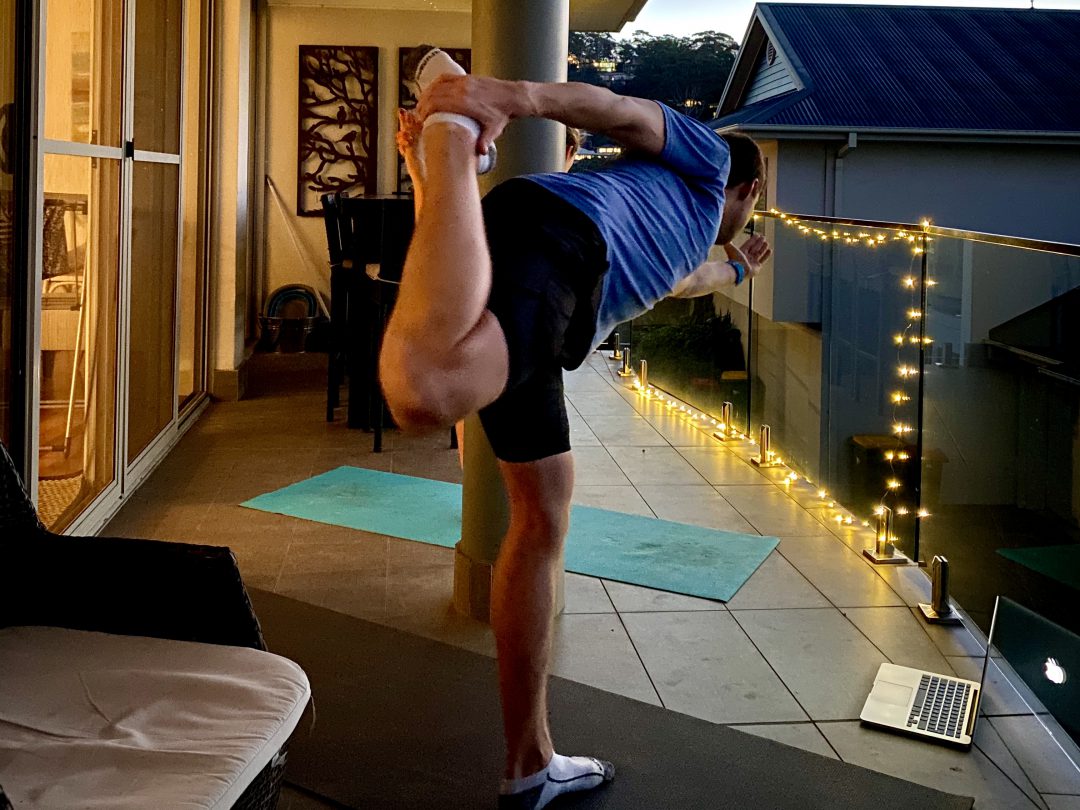Exercise and Severe & Persistent Mental Illness: Why Your Choice Matters
What is Severe & Persistent Mental Illness?
When it comes to discussing Severe & Persistent Mental Illness (SPMI), there is a ‘lack of consensus’ on the definition because it depends upon the context (i.e. patient, healthcare professional or policy maker). What is clear however, is that exercise can be of benefit.
This article won’t focus on the definition of Severe & Persistent Mental Illness because we’re referring to a particular population, rather than a disease entity.1 For those unfamiliar with SPMI, those experiencing it may suffer a mental disorder that leads to long-term disability. It will impact activities of daily living: employment, maintaining social support, cooking, cleaning, money management or personal hygiene. Those with SPMI will also have received psychiatric support more intense than that of a GP appointment (e.g. crisis response services or hospitalisation).1 SPMI may include (but not limited to) the diagnoses schizophrenia, bipolar affective disorder and major depression. Now back to exercise…
In this article I’ll discuss how exercise can be used as a ‘tool’, ‘medication’ or ‘therapy’ to improve the quality of life of those suffering from severe & persistent mental illness and why this population is so important.
The Importance of the Mental Health Domain
Why is this such an important area of health? International studies report a reduced life expectancy in psychiatric patient by 20 years in men and 15 years in women, and we’re finding this difference in life expectancy is increasing.2 Remarkably, the reduced life expectancy is mostly attributed to physical health conditions, rather than the actual mental health disorders.
Approximately half (45%) of people with psychotic illness were obese and 38% reported gaining weight as a side effect of medication. Physical activity levels were far lower in people with psychosis and a colossal 96% were classified as sedentary or undertaking low levels of exercise, compared to 72% for the general population.
How can movement help?
Exercise, physical activity, and movement (whichever you feel most comfortable thinking of) can improve our health. Movement can improve depressive symptoms, improve cognition, and provide a setting for social interaction, as well as reduce the risk of plenty of physical health conditions.
See previous articles on http://do-more.live/blog “Five reasons to exercise right now” and “Get physical with your mental health”.
When treating mental health, physical activity is recognised as a ‘fundamental management option’ by the European Psychiatric Association for depressive disorders and schizophrenia.3 For major depressive disorders, consistent evidence indicates that physical activity can be as effective as antidepressants and psychotherapy in improving depression symptoms and quality of life, with greater effects shown when patients are supervised by an exercise specialist. A reason if you didn’t already have one to seek the help of your local Accredited Exercise Physiologist.
To Take Home
Exercise helps. The challenge, as it is with all of us, is how we increase our dose of exercise. With SPMI often come other health conditions and disability so working with healthcare professionals to overcome barriers is increasingly important.
Encourage personal preference! A 2008 review4 found that people with severe mental illness ‘who did not receive their preferred treatment may experience demoralization, be less motivated and may not comply’. Physical activity is not a simple intervention, but we can tailor it to suit everyone.
Physical activity comes in many forms: sport, leisure, transport, work-related, household, exercise. The goal is to improve our level of physical activity so we can see every area as an opportunity.
Make yourself accountable and seek help. Just as we recommend with smoking cessation or dietary changes, recruit the help of professionals. GPs, exercise physiologists, psychiatrists and psychologists will all see the value of physical activity and can help to facilitate more movement. This may be through a mental health plan or NDIS funded sessions. Use your phone, notepad and/or supportive friends to help track your progress too.
Use the worksheet to improve your mindset towards movement. How much, when and what you choose to do is still up to you!
Search ‘exercise physiologist’ to find an EP on the Central Coast
If you’re struggling for ideas of things to do, visit the Do More Search Engine https://do-more.live/activities
On there you’ll find activities all over the Central Coast that work to your strengths. You may even find something you’ve never tried before!
On https://do-more.live/activities you can also search “Exercise Physiologist” to find an exercise professional that can help you Do More. Good luck!
By Dr Ash Bowden
@doctordomore
Disclaimer
With any health condition (including mental health disorders) come certain risks. It’s important to seek consultation with your healthcare professional if you have any questions or concerns before exercising. Please do not use this article as a replacement for a formal consultation with a general practitioner or exercise specialist.
References/Acknowledgements
A big thank you to Brendon Stubbs and Simon Rosenbaum for their book “Exercise-Based Interventions for Mental Illness”. When it comes to exercise and mental health this book provides a wealth of information
- Zumstein N, Riese F. Defining Severe and Persistent Mental Illness-A Pragmatic Utility Concept Analysis. Front Psychiatry. 2020;11:648. Published 2020 Jul 6. doi:10.3389/fpsyt.2020.00648
- ”Australia’s Health 2020: Physical health of people with mental illness” Released 23 Jul 2020
- Aust J Gen Pract 2019 Oct; 48 (10): 670-673 “Lifestyle interventions for mental health” Sam Manger
doi: 10.31128/AJGP-06-19-4964 - Abrants, A.M., Battle, C.L., Strong, D.R., Ing, E., Dubreuil, M.E., Gordon, A., Brown, R.A., 2011. Exercise preferences of patients in substance abuse treatment, MEnt. Health Phys. Act. 4, 79-87. https://doi.org/10.1016/j.mhpa.2011.08.002
You can download this sheet as a form and print it out. Click Here for Exercise Worksheet







